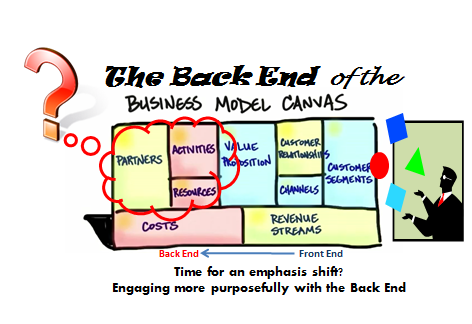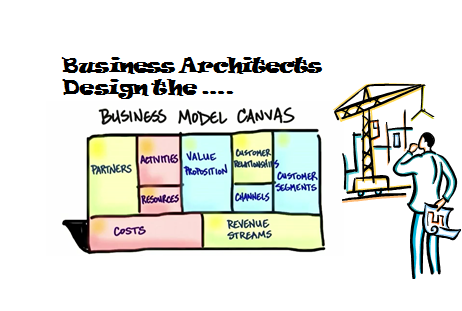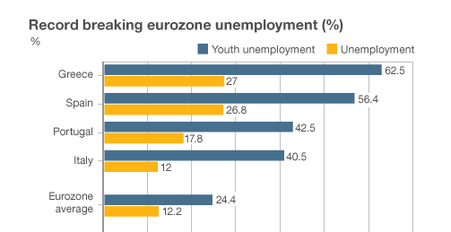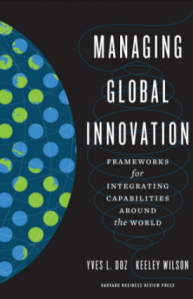It is not an easy job to achieve the level of consistent innovation expected within any organization. Often those breakthroughs never seem to be repeated, we struggle to understand the reasons why we can’t achieve that regular rhythm or dependable outcomes from the innovation portfolio, that we would have expected or the board demands.
If you ever look at high performance in sport it is in the consistent, hour-upon-hour, day-upon-day of dedicated practice, hard work and consistent honing that gets you to that performance point. You seek to reduce deviance; you look to achieve a certain consistency.
Business Organizations will like that approach, it ‘plays’ to the efficiency and effectiveness message, it offers up predictability and reliability that allows for dedicated planning and ‘predicting’ solid performance and certainly. This is ideal for those investors looking for consistency in results and dividends and the Executive Board yearns for.
Today uncertainly asks for a different performance
Continue reading “A Cascade of Better Choices for Greater Innovation Outcomes”




